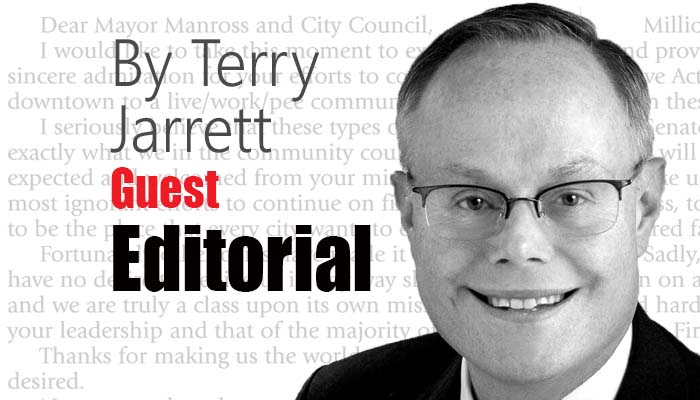It made for colorful news this week—President Trump announcing a halt to the Obama Administration’s massive “Clean Power Plan” (CPP). Pundits immediately leapt to criticize the president, saying that canceling the CPP would mean more costs and more “pollution” for America’s consumers.
Such fear-mongering is simply incorrect, though, and demonstrates that critics fundamentally misunderstand the science and logistics involved. The “pollutant” being regulated under the CPP is carbon dioxide (CO2), the inert gas that all humans and animals expel every day. And while the climate debate is still raging over CO2’s potential contribution to a warmer climate, it’s simply wrong to argue that it is pollution. Thankfully, however, canceling the plan will save money—billions and billions of dollars that would have been earmarked for a vast overhaul of the nation’s power sector.
The CPP’s proposed switchover to an entirely new power grid would have cost $51 billion in annual GDP, according to the U.S. Chamber of Commerce, along with the loss of 224,000 jobs each year. Among other things, the CPP would have prematurely forced 25 percent of America’s low-cost, reliable coal generation capacity off the electric grid, enough to power 24 million homes.
Under the CPP, the wholesale price of electricity for a typical household in 2020 would have been more than a third higher than in 2012 (for an average annual increase of $680), with 45 states facing double-digit increases in the wholesale cost of their electricity. All in all, according to Energy Ventures Analysis, Americans would have faced $214 billion in higher energy costs by 2030. And they would have had to come up with $64 billion to construct the new power lines and power plants needed to produce all of this power.
To President Obama, these costs were worthwhile, since they would have meant the rapid phase-out of coal—even though it currently generates 32 percent of the nation’s power supply. All in the quest to pursue higher priced and less reliable wind and solar power…
What would the public have gained for such huge sacrifices? A fully implemented CPP would have yielded only a theoretical 0.018 degrees Celsius reduction in global temperatures by 2100. And it would have reduced industrial CO2 emissions by less than 1 percent. These are very insignificant achievements for such a staggering price tag. And so, when one considers the real-world costs, it becomes more and more apparent that President Trump just helped the nation to dodge a major bullet.
Unfortunately, misinformation plagues every aspect of this heated debate. Not only is carbon dioxide not a “pollutant,” but wind and solar power have yet to prove as reliable as coal in terms of scalability for electricity generation. That’s because wind and solar are intermittent — the sun doesn’t always shine, the wind doesn’t always blow — and they still require back-up generation from coal and gas plants.
All of this helps to explain why 27 states sued the EPA to halt such a costly transformation of their energy grid. In fact, many of these states continue to depend on coal-fired power. It’s not just reliability and affordability at issue, however. America’s utility companies have spent many billions of dollars over the past decade to equip their power plants with advanced emissions-scrubbing technologies that make new coal plants 90 percent cleaner than ones they replaced 30 years ago—a worthwhile trade-off for the low-cost electricity they provide.
If America were luxuriating in budget surpluses and awash in high-wage jobs, there might be reasons to risk experimenting with our electricity grid. But in the current economic environment, it’s sensible for the president to maintain the energy diversity that coal provides by rejecting the CPP as an expensive gamble—and one with little practical or environmental benefit.
Terry M. Jarrett is an energy attorney and consultant who has served on both the National Association of Regulatory Utility Commissioners and the Missouri Public Service Commission.





